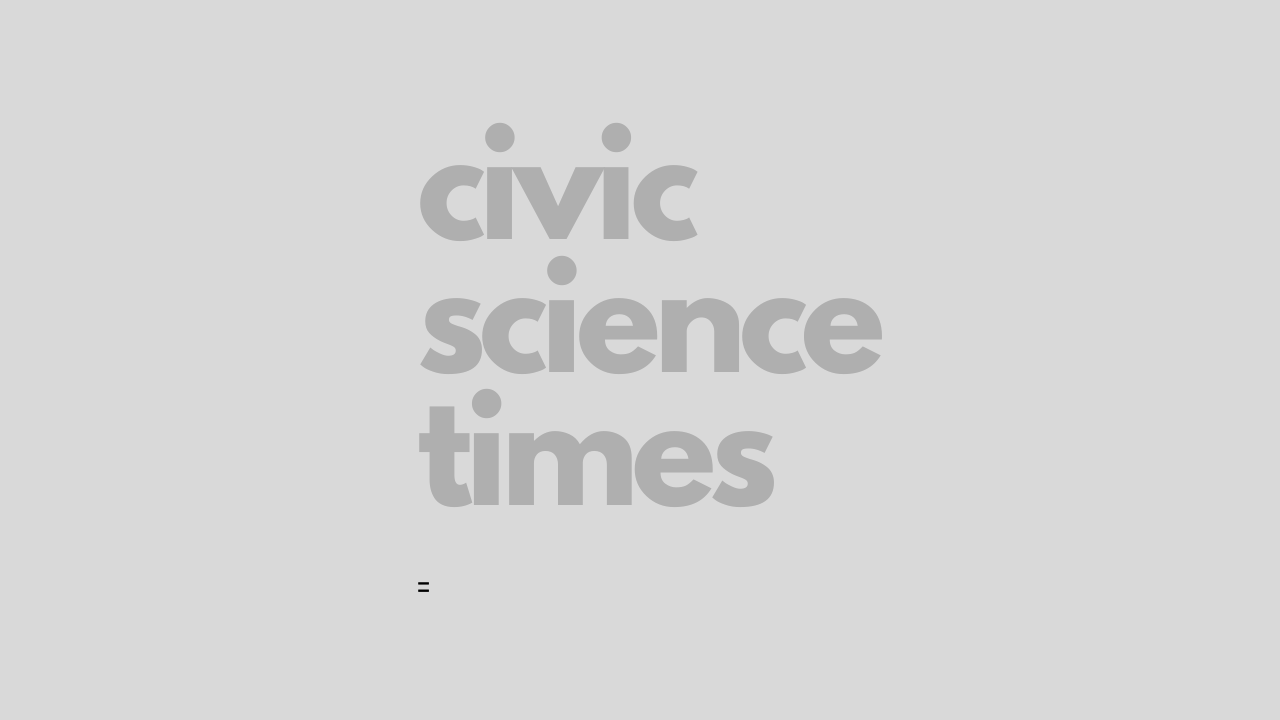Civic Science Observer
Merger Alert: Life Science Cafe and That’s Life Science Combine Forces at UMass

Key Information
September 22, 2023 — Two graduate-student-led science communication organizations at the University of Massachusetts, Life Science Cafe and That’s Life Science, have recently announced their decision to merge. Life Science Cafe is known for facilitating live in-person and virtual events featuring experts in the life sciences discussing their research passion with the local community. On the other hand, That’s Life Science has built its reputation on publishing student-written and peer-reviewed blog posts on a range of scientific topics for a broader audience. The merger aims to consolidate these distinct but complementary approaches into a single, unified platform for science communication. Slated to occur over the course of the current fall semester, the merger will require both organizations to put a temporary hold on their respective activities — events and content creation alike. This organization merger is actively seeking participation from graduate students to usher in what they term a “new era of life science community outreach.”
Why It Matters
By pooling resources and expertise, the newly formed entity is poised to streamline its operations, thereby offering a more efficient and impactful medium for disseminating scientific knowledge. The consolidation will likely result in a unified platform that provides a more comprehensive suite of materials and events, potentially engaging a wider audience. Furthermore, this union offers an unprecedented opportunity to innovate the methods and mediums of effective science communication in the age of digital information. While the immediate impact will be most tangible within the local community, the engagement ambition clearly extends to larger audiences around the world facilitated through web-based platforms.
Read more on the Civic Science Times
The CS Media Lab is a Boston-anchored civic science news collective with local, national and global coverage on TV, digital print, and radio through CivicSciTV, CivicSciTimes, and CivicSciRadio. Programs include Questions of the Day, Changemakers, QuickTake, Consider This Next, Stories in Science, Sai Resident Collective and more.

-
Civic Science Observer4 weeks ago
What are the objectives of the Neurotech Justice Accelerator at Mass General Brigham?
-
Civic Science Observer4 days ago
Meet the New Hampshire organization changing the way we see insects
-
Civic Science Observer2 months ago
Dear Colleagues: Now is the time to scale up public engagement with science
-
Civic Science Observer6 days ago
Dear Colleagues: Help us understand the national impacts of federal science funding cuts on early career researchers in academic laboratories
























